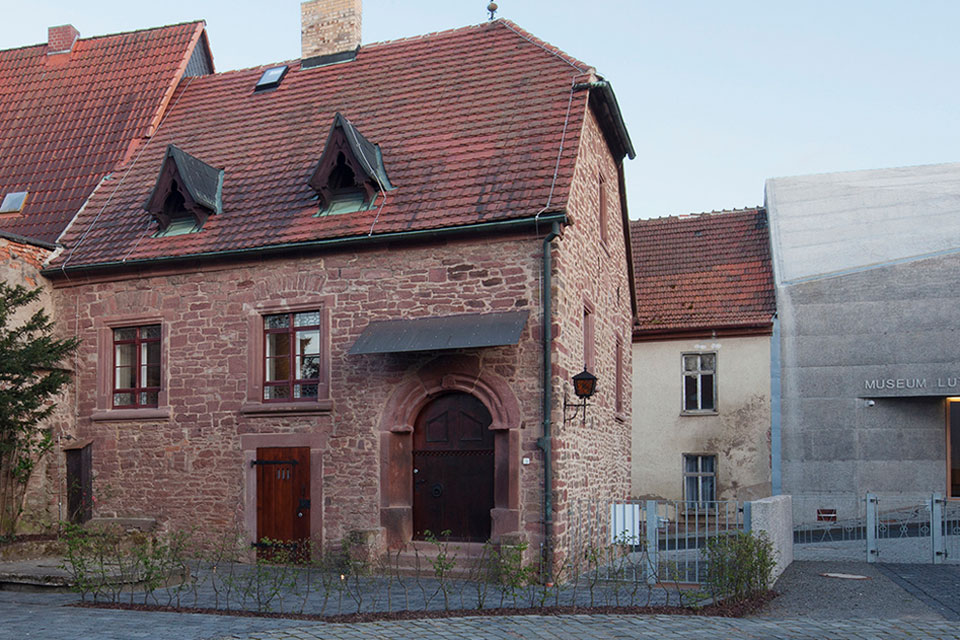A recent issue of the journal, Church History, published by Cambridge in December 2017 focuses on the materiality of the Lutheran Reformation
Material Culture of the Reformation. Art, Objects, and Ideas.
Special Issue of Church History in Commemoration of the 500th Anniversary of the Reformation
Volume 86, Special Issue 4
December 2017, pp. 1155-1207
 Martin Luther may primarily be known for the reformation of Christian dogmatic following his revelation of the foundational tenet: sola fide. With all its manifold repercussions in terms of teaching, liturgy and church organisation, as well as societal upheavals and religious wars in the 16th and 17th centuries Europe, the ramifications are still experienced worldwide. No wonder, the last year has witnessed a veritable flood of introductions, scholarly writings, handbooks and other publications outlining the life, times, and impacts of the events in the years following 1517. Never quite forgotten, the recent 500-year anniversary celebrated in 2017, have nevertheless been especially fruitful in its focus on the materiality of the reformation.
Martin Luther may primarily be known for the reformation of Christian dogmatic following his revelation of the foundational tenet: sola fide. With all its manifold repercussions in terms of teaching, liturgy and church organisation, as well as societal upheavals and religious wars in the 16th and 17th centuries Europe, the ramifications are still experienced worldwide. No wonder, the last year has witnessed a veritable flood of introductions, scholarly writings, handbooks and other publications outlining the life, times, and impacts of the events in the years following 1517. Never quite forgotten, the recent 500-year anniversary celebrated in 2017, have nevertheless been especially fruitful in its focus on the materiality of the reformation.
This is the overarching theme of a recent special issue of the journal, Church History, which is published by Cambridge. In it, we are treated to a number of articles outlining some of the more pertinent aspects thereof: the significant role of the printing technology in furthering the Reformation, the role of the art and especially such artists as Lucas Cranach and Hans Holbein the Younger, the new aesthetics and design of the Church Interiors, the recycling of the material culture of the “old” church and finally the archaeological witness to the new post-reformational world order building upon the Lutheran idea of the family and the household (Das Ganzes Haus)and the creation of a specific household-liturgy as formulated by Martin Luther in his writings and the practicalities of his daily life in his childhood in Mansfeld and the Luther House in Wittenberg.
None of the articles represents new and ground-breaking research. Each of the scholars, however, presents us with neat and handy overviews of their research, published elsewhere and in more or less inaccessible and expensive monographs. Thus, the present issue serves as a neat and accessible introduction to the materiality of the Reformation, which will undoubtedly serve as one of the more enduring results of the Celebrations of the anniversary in 1517
LIST OF CONTENTS:
Print and the Reformation: A Drama in Three Acts
By Andrew Pettegree
Hans Holbein the Younger and Reformation Bible Production
By David H. Price
Between New Ideals and Conservatism: The Early Lutheran Church Interior in Sixteenth-Century Denmark
By Martin Wangsgaard Jürgensen
Art and the Artist in the Lutheran Reformation: Johannes Mathesius and Joachimsthal
By Christopher Boyd Brown
Recycling the Sacred: Material Culture and Cultural Memory after the English Reformation
By Alexandra Walsham
“Finding Luther”: Toward an Archaeology of the Reformer and the Earliest Reformation
By Louis D. Nebelsick and Tomoko Emmerling
FEATURED PHOTO:
The House in Mansfeld, where Martin Luther grew up. Next door a brand new museum exhibiting the results of the excavations. © Stadtverwaltung Mansfeld.
READ ALSO:
Fundsache Luther. Archäologen auf den Spuren des Reformators.
Ed. By Harald Meller
Theiss Verlag 2009
ISBN: 978 3 8062 2201 2

